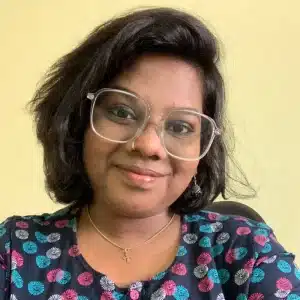The best approach to improve as a musician is to critically listen to the music that is all around us. Even if you’ve always had a deep love for music, ear training can help you get better at it and interact with your favorite songs in new and exciting ways. It’s a skilled musician’s secret weapon.
Alright! So what is ear training?

Through the study of music theory known as “Aural skills,” musicians develop the sense of hearing and its related abilities necessary to recognize pitches, intervals, melodies, chords, rhythms and other musical elements just by listening. I know it is challenging but very useful.
I used to be completely ignorant of the concept of ear training. None of my music instructors in my early years ever brought up ear training. It was somewhat difficult to get trained when i old enough to know that something essential was lacking even when I had sufficient theoretical knowledge. Ear training is also referred to as “aural skills.”
A person can practice ear training by doing various activities including writing rhythms or melodies, identifying key changes in a song, or listening to music and recognizing intervals or chords. Let’s dive right into how one can develop the habit of recognising pitches.!
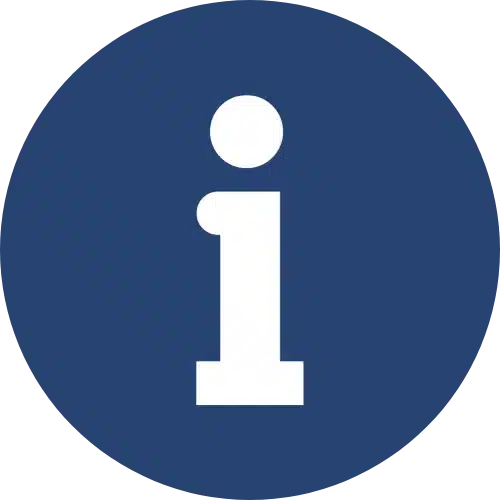
Did You Know?
A person who can identify the pitches accurately just hy hearing its sound is called ‘Pitch Perfect’.
Pitch recognition 101:
One of the most important components of music is pitch and so learning to hear pitch is a great place to start when practicing musical ear training. Spend some time perfecting your pure sense of pitch—that is, your ability to tell how high or low a note is.
Pitch perfect and relative pitch:
Ever come across someone who had perfect pitch? The capacity to instantly identify the pitch of any sound, including piano notes, door creaks, and bird chirps, is known as perfect pitch. Not many musicians possess this talent.
The rest of us who are not pitch perfect, we try to improve our relative pitch. The capacity to recognize or replicate a certain musical note by comparing it to a reference note and calculating the interval between those two notes is known as relative pitch. If the notes Do and Fa were played on a piano, for instance, someone with relative pitch might tell the second note from the first note just by knowing that the first note is Do without having to look. Pitch analogy is a skill I teach my pupils. The only reason you know what red is, or blue, or yellow, or any other color, is because someone informed you about it. Have you ever tried to identify middle C with your ears, major or minor?
So how can you train your ear to recognise a musical sound?
Selecting one note and learning it by heart is the simplest approach to learn relative pitch. Take a seat at the piano and hum or sing the note that is easiest and most comfortable for your voice. Don’t push yourself or attempt to accomplish anything specific other than create the most relaxed sound as you can.
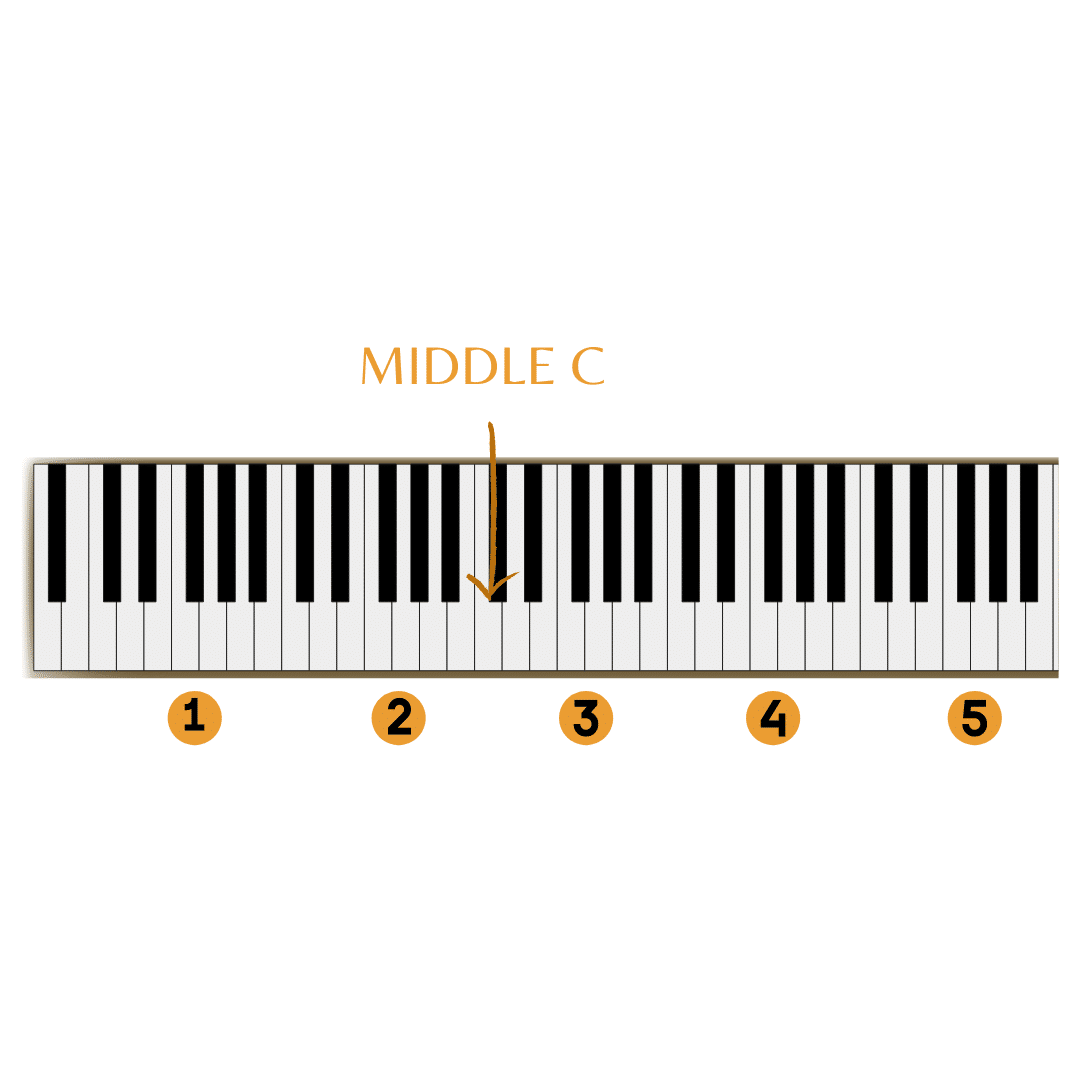
Try this! Play C3, which is C one octave below middle C and try singing matching that pitch. When I began practicing, I discovered that I could sing A2-A3 with comfort and consistency at whatever time of day. My foundation pitch is this. You may use an A3, middle C, or another pitch. Finding this comfortable pitch and memorizing it is difficult. Sing it as many times a day as you can.
I am laying out the Scales using Solfege here.
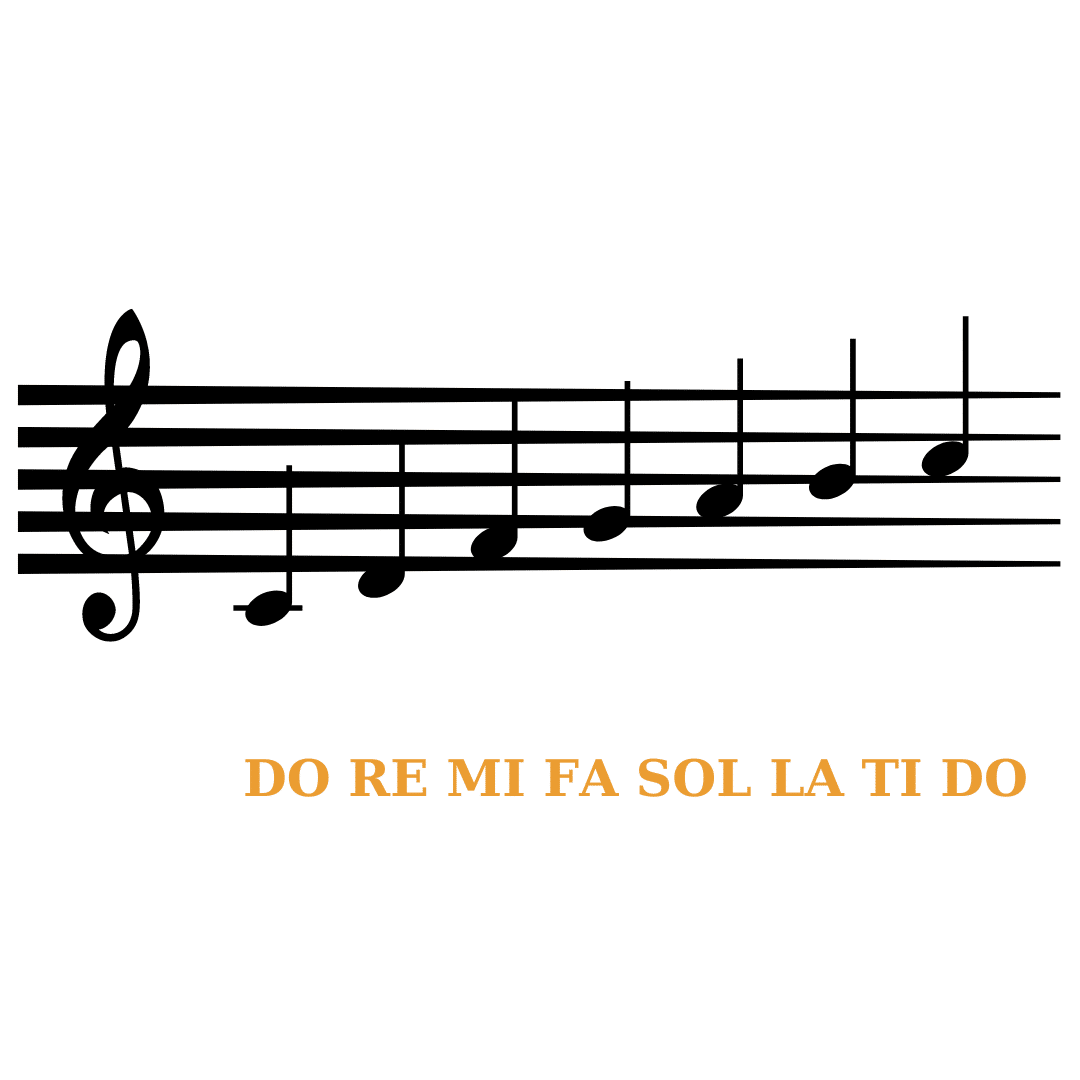
Here are the degrees of a scale. It’s very important to remember Tonic.
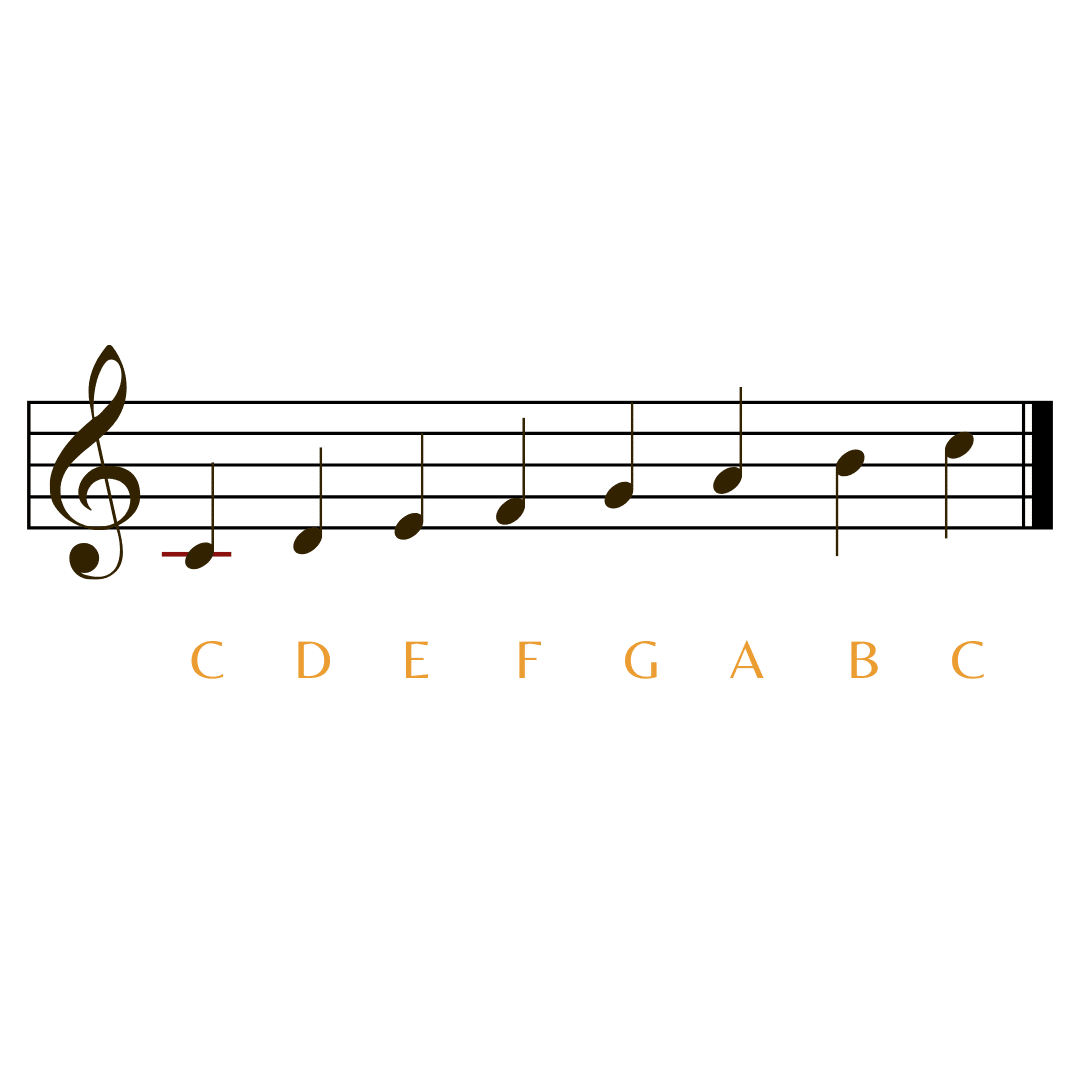
Once you identify your core pitch, you can go further and start creating your pitch map. To do that, the best place to start is singing major scale. You literally will release pitches when you sing, so don’t worry about how you sound. Singing repeatedly is a great method to memorize pitches.
Above is the picture of a major scale with its degrees written down for your reference. It is always important to remember the tonic to place the rest of the pitches.
So every scale has seven notes in each octave, with the tonic being repeated at the following pitch by an eighth note. You can identify the key in which a piece of music is written by knowing the key signatures of all major and minor scales. This knowledge is crucial for writing beautiful melodies and harmonic chord progressions.
Intervals:
Let’s think of a song! The entire song has many pitches high and low. This indicates that there is a pitch difference between any two notes. While some notes are farther apart, others have the same pitch or are next to each other.
Look at a piano now. The notes on the left have a lower pitch than the notes on the right. Two keys’ pitches are farther apart the farther away. The interval between two notes is the name given to the pitch separation between them. The ability to distinguish between these various distances by ear is known as “learning intervals” or “learning interval recognition.”
The difference in pitch between two notes in a song is called an music interval.
When it comes to ear training, intervals are frequently suggested to begin with.
We recall that intervals have a numerical description such as first, second, third, fourth, fifth, sixth, seventh, etc., and a quality description such as major, minor, or perfect. Intervals are measured in semitones or half-steps. Recall that intervals have a numerical description such as first, second, third, fourth, fifth, sixth, seventh, etc., and a quality description such as major, minor, or perfect. Intervals are measured in semitones or half-steps.
When you first begin practicing interval recognition, it feels like a very theoretical, abstract exercise. Try to determine the interval, or pitch distance, between two notes that you play. As you become more proficient at it, it becomes more automatic and instinctive until you can hear a group of notes (such as in a chord or individually in a melody) and recognize what they are without having to think about the names of the intervals.
When you hear two notes and determine how far apart in pitch they are, you have identified an interval. The various distances go by different names.
Here is an exercise to recognise the perfect 5th.
A great way to practice recognition of intervals is through scales using solfege
Another practical way is to have a reference song.This means that you should commit to memory a song melody that features the interval as its opening two notes for each type of interval. Most of the time, you select songs that you are already familiar with. The theory goes that your brain automatically fills in the remaining melody after hearing the interval, and that recognition of the melody helps you identify the interval.
I usually teach my vocal students the Vaccai Exercises written by Nicola Vaccai. It has piece written for each interval.
By training your ear to detect the difference between two pitches, interval training helps you quickly determine which notes are compound intervals (larger than an octave) or which notes span an octave. You can construct sets of chords that are aesthetically pleasing if you have a solid understanding of the spacing between pitches.
Chord progressions:
After working with intervals, the next step is to start hearing the distinctions between chords and how chords fit together in chord progressions.
A chord is a combination of three or more notes. It is built off of a single note called the root note.
Making as many connections as you can between chords, intervals, and scales is beneficial. If you’ve never done chord ear training before, begin to understand a few things about chord progressions to learn about the various areas and what they can do for you as a musician. You’ll discover the advantages of each for music, as well as the relationship between chord progression and chord types ear training.
The notes that make up a chord are essentially what define it, but those notes can be in different octaves without significantly changing the chord’s structure or distinctive sound. Notes can also be repeated. This implies that depending on the precise set of notes you use to play a chord, you can “voice” it in a variety of ways. These variations of the fundamental triad chords can be learned through specialized ear training.
The notes C, E, and G make up a C Major triad, for instance. Alternatively, you could decide to play the G and C above the E to create an inverted triad chord. This would make E the lowest note. To make the chord sound fuller, you could also add extra notes to the C, E, or G chords. You can determine which of these options has been used in the music you hear by practicing chord ear training.
This is a useful tool for establishing the mood of a musical piece is the ability to identify whether a song is in a major or minor key. This is achieved by learning to identify the chord qualities that make up a specific chord progression.
Learning songs by Ear
It is time to try to learn sections or entire songs by ear after you have invested some time in solidifying your basic pitch, after having worked on singing the major scale, and recognizing intervals, chords, and chord progressions. This is the ultimate ear training exercise because it will allow you to utilize all of the skills you have been learning in a practical way. This may be called transcription.
Initially when I started learning songs by ear I did not know that I could practice transcription. About 5-5 down the lane, I read somewhere about this concept. I went to my tutor and he explained how it works. So I started carefully listening to the songs and tried identifying the pitches and singing them out using Indian Classical Swaras. Hands down! It was not that easy but if i could do it, you can too.
Let me give you an instance of this scenario.
This is one of my favorite songs of all time- Somewhere only we know by Keane in C Major scale.
I am using the solfeggio syllabus to write down the pitches to the lyrics. Let us only workout couple of phrases in the first verse.
I walked across, an empty land – Do Sol Sol Mi, Re Mi Re Mi
I knew the pathway like the back of my hand- Sol Sol Sol Sol Sol Sol Sol Sol Fa Mi Re Mi.
So you get the idea of what I’m talking about. This is yet another way of getting your ears sharply trained. It will help your ears to remember a melody. In this ear training exercise, you will see the notes you just heard as you transcribe or play back music that you have only heard by ear. Composing or improvising requires the ability to visualize notes, which dictation helps you develop.
Alright! We just read that for you to become a successful musician, ear training is a very helpful and advantageous practice. It is just as significant as any practice in theory, repertoire, or technique that we are taught of or pick up along the way. Actually, the thread that unites technique, repertoire and theory in music is ear training. We would be missing a very important component of making music if we could not hear how the ideas we learn in music theory translate into the repertoire we play using the skills we hone. Producing music without ear training is like tasteless cooking, you know! something essential and significant is absent.
Book a free demo at musicmaster and learn about aural skills and many other musical concepts.
FAQs
What is ear training?
Musicians develop the sense of hearing and its related abilities necessary to recognize pitches, intervals, melodies, chords, rhythms and other musical elements just by listening.
Why is ear training important for musicians?
Without ear training it becomes difficult to get trained properly and appreciate music.
Can anyone improve their ear training skills?
Yes, anybody can improve their ear training skills.
What are the best ways to practice ear training?
By doing various activities including writing rhythms or melodies, identifying key changes in a song, or listening to music and recognizing intervals or chords.
How long does it take to see results from ear training?
It depends on the understanding of oneself. It could take a week for some, or months for some.
What is the ear training method?
- Interval ear training
- Chord ear training
- Pitch ear training
- Chord progressions
- Learn intervals
- Singing scales
- Transcribe melodies by ear
When should I start ear training?
You should start ear training soon as you learn the basics of music.






